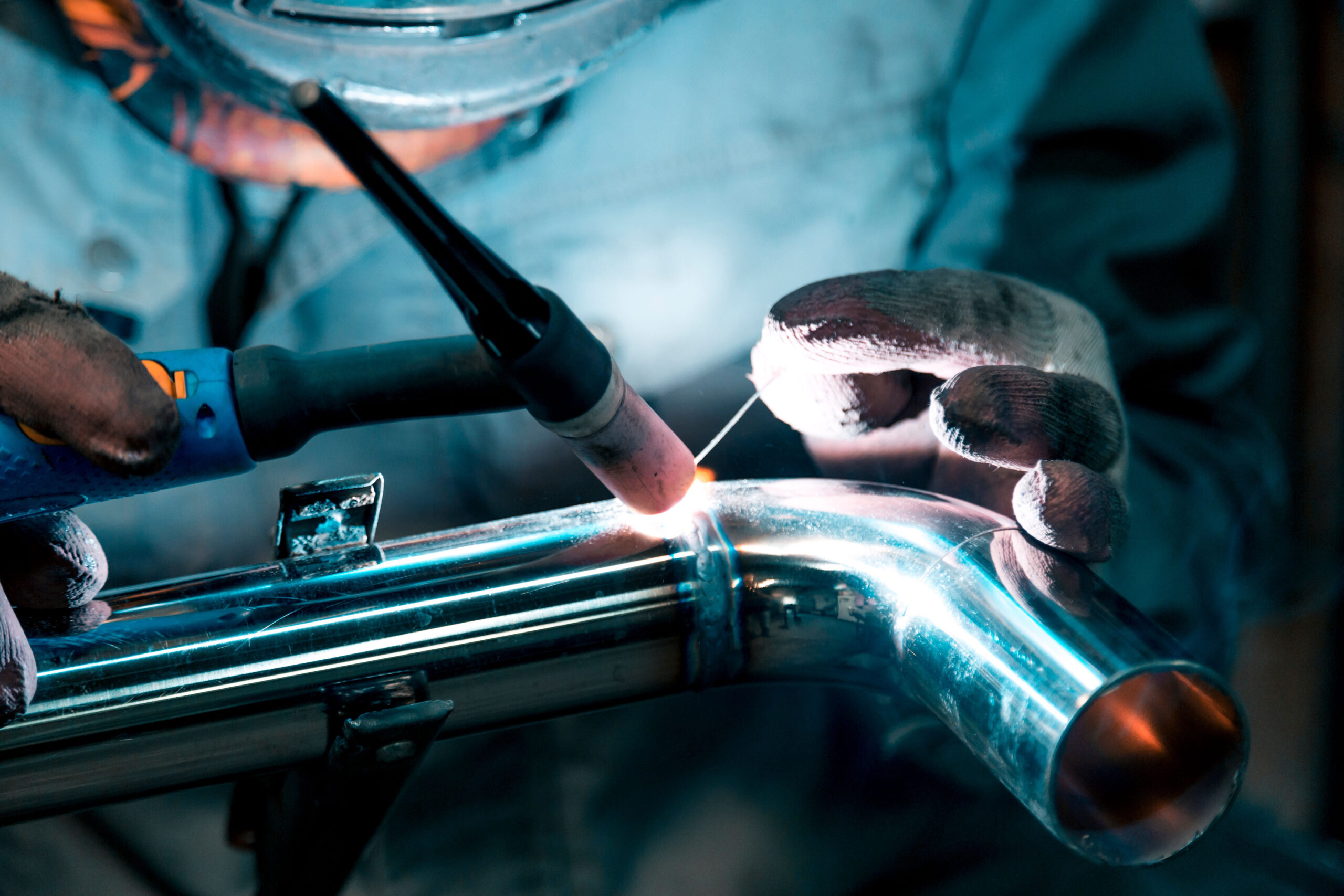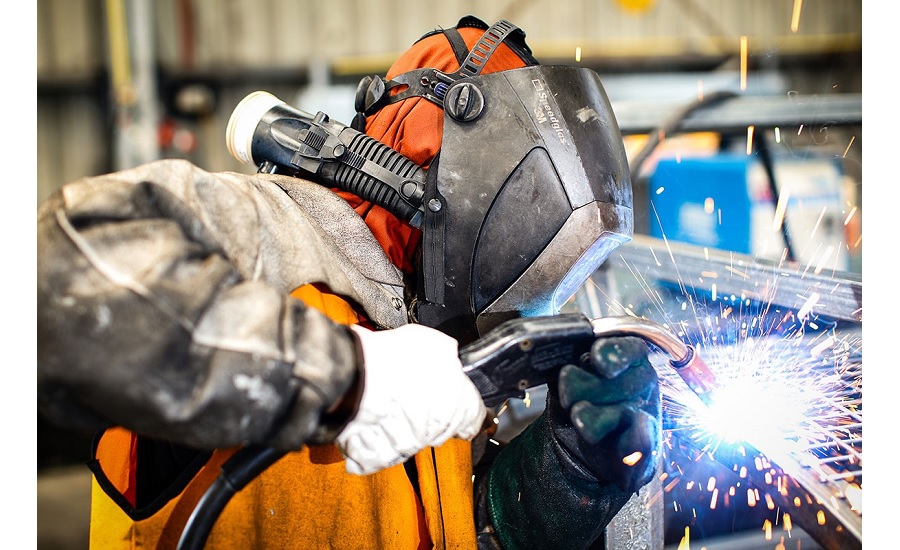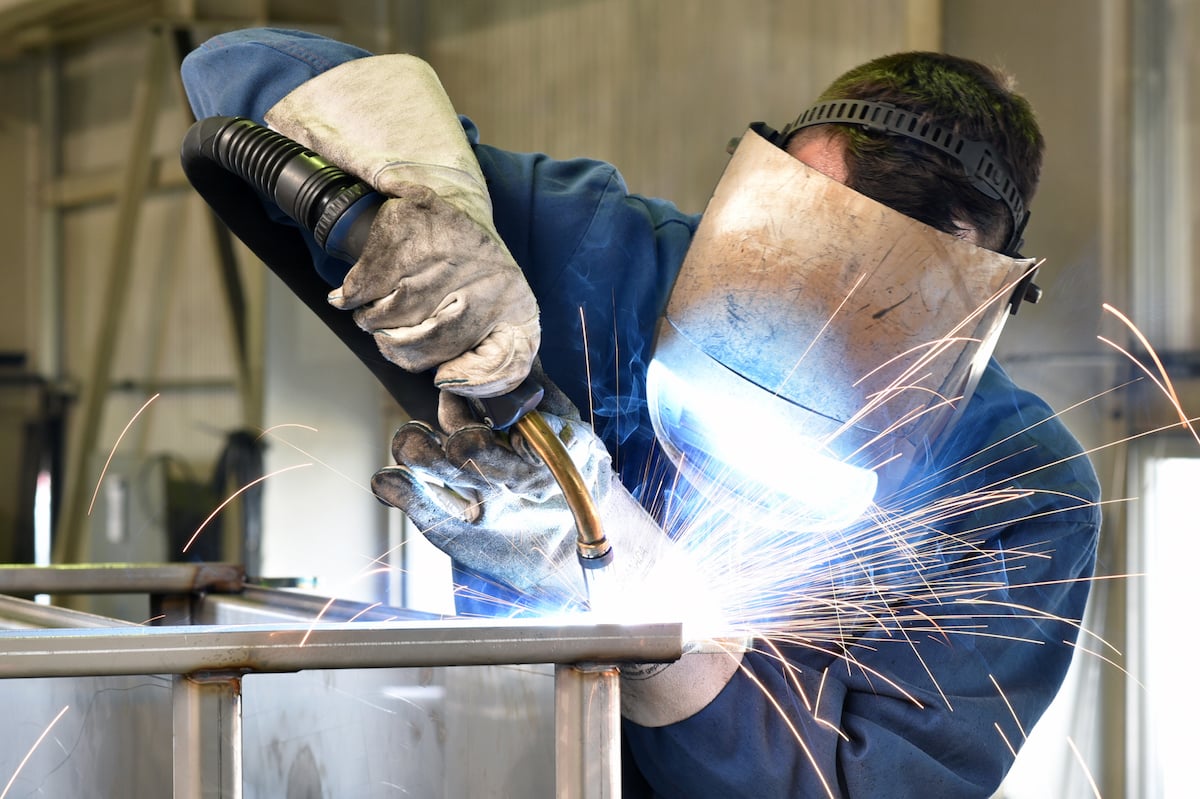Welding WPS Explained: Trick Parts and Benefits for Your Welding Procedures
Welding WPS Explained: Trick Parts and Benefits for Your Welding Procedures
Blog Article
The Ultimate Overview to Welding WPS Procedures: A Detailed Overview for Welders
In the intricate world of welding, Welding Treatment Requirements (WPS) function as the backbone of guaranteeing top quality, uniformity, and safety in welding operations. Understanding the subtleties of creating, applying, and monitoring WPS procedures is necessary for welders aiming to boost their craft and meet industry standards. As we dive right into the numerous components of a WPS and discover the details of credentials and qualification, we will discover the important duty these treatments play in the world of welding. Let's embark on a trip to unwind the intricacies and value of WPS treatments in welding methods.
Importance of WPS Procedures
Understanding the importance of Welding Treatment Requirements (WPS) treatments is important for guaranteeing the quality and honesty of bonded frameworks. WPS procedures offer as a roadmap for welders, laying out the required actions, specifications, and materials called for to accomplish a sound weld. By adhering to WPS guidelines, welders can guarantee uniformity in their job, leading to dependable and structurally sound welds.
Among the primary reasons WPS procedures are essential is their duty in maintaining weld quality and honesty. Adhering to the defined welding specifications and methods detailed in the WPS aids avoid issues such as porosity, fracturing, or insufficient fusion, which can jeopardize the stamina and sturdiness of the weld. In addition, WPS treatments are crucial for making certain compliance with industry requirements and codes. By adhering to established WPS standards, welders can demonstrate that their work meets the necessary demands for safety and quality, providing guarantee to clients, inspectors, and regulative bodies. Fundamentally, the value of WPS procedures can not be overemphasized, as they are fundamental to accomplishing constant, premium welds that satisfy market criteria and specs.

Parts of a WPS
A Welding Procedure Requirements (WPS) usually makes up crucial parts that information the certain requirements for implementing a weld, ensuring uniformity and quality in the welding procedure. The key components of a WPS include vital variables such as base metals, filler metals, preheat and interpass temperatures, welding processes, securing gases, welding settings, and post-weld warm therapy requirements.
Base metals refer to the products being signed up with, while filler metals are used to fill up the space in between the base metals throughout welding. The welding procedure lays out the certain technique to be made use of, whether it's gas metal arc welding (GMAW), protected steel arc welding (SMAW), or an additional method. Welding settings define the orientations in which welding can be done.

Qualification and Certification
Having actually established the vital elements of a Welding Procedure Specification (WPS), the focus now changes towards the vital facets of credentials and accreditation in welding methods.

Certification, on the various other hand, is the official acknowledgment of a welder's qualifications by a relevant accreditation body or company. Welding certifications are commonly based upon the particular welding processes, products, and settings a check out here welder is certified to collaborate with. Holding a valid welding qualification shows that a welder satisfies industry requirements and is experienced to carry out welding tasks to the needed specs.
Producing a WPS
To establish a Welding Treatment Specification (WPS) that meets market criteria, cautious factor to consider of welding processes, products, and functional specifications is vital (welding WPS). The primary step in developing a WPS is to recognize the welding procedure to be used, such as gas steel arc welding (GMAW) or protected steel arc welding (SMAW) As soon as the welding process is figured out, the next crucial facet is selecting the appropriate materials, thinking about elements like base steel kind, thickness, and joint style. Operational specifications such as welding existing, voltage, traveling rate, and protecting gas composition need to additionally be carefully specified in the WPS.

Executing and Keeping An Eye On WPS
Upon finalizing the detailed Welding Procedure Spec (WPS) that meticulously details welding procedures, materials, functional parameters, and quality control steps, the emphasis moves to successfully applying and monitoring the well-known procedures. Execution entails guaranteeing that all welders involved in the project are familiar with the WPS and follow it meticulously during the welding process. This requires giving adequate training and guidance to ensure adherence to the defined procedures. Checking the WPS involves continuous oversight to verify that welding tasks straighten with the recorded requirements. Evaluations, testing, and quality assurance actions are necessary parts of the surveillance process to recognize any type of issues or deviations promptly. Routine audits and reviews of the welding treatments help in keeping click over here now uniformity and high quality throughout the job. Effective application and monitoring of the WPS are vital for making sure the honesty, toughness, and security of the welded joints, eventually contributing to the general success of the welding task.
Final Thought
To conclude, understanding and following Welding Procedure Specs (WPS) is critical for welders to guarantee quality, consistency, and security in their job. By understanding the components of a WPS, acquiring proper qualifications and qualifications, producing detailed procedures, and implementing and monitoring them successfully, welders can enhance their skills and efficiency in welding methods. Sticking to WPS treatments is essential for generating top notch welds and meeting market criteria.
In the elaborate world of welding, Welding Procedure Specifications (WPS) offer as the backbone of making sure quality, uniformity, and safety in welding procedures. The welding procedure outlines the certain technique to be utilized, whether it's gas metal arc welding (GMAW), shielded metal arc welding (SMAW), or one more approach.To develop a Welding Procedure Specification (WPS) that meets industry standards, mindful consideration of welding procedures, materials, and imp source functional criteria is essential. The first step in producing a WPS is to identify the welding procedure to be used, such as gas metal arc welding (GMAW) or protected steel arc welding (SMAW)Upon finalizing the thorough Welding Treatment Specification (WPS) that carefully information welding processes, products, operational specifications, and quality guarantee actions, the emphasis shifts to properly implementing and monitoring the well-known treatments.
Report this page